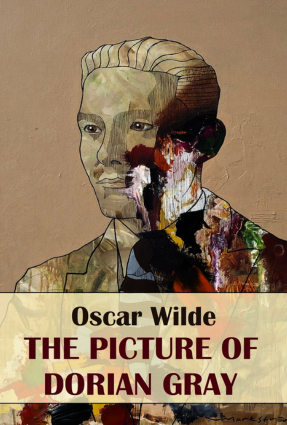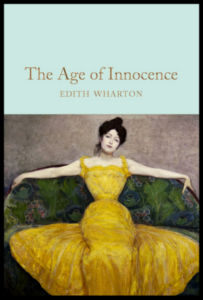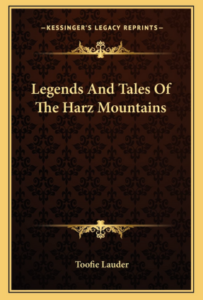The Picture of Dorian Gray
Author: Oscar Wilde
Synopsis:
The Picture of Dorian Gray is the only novel ever published by Oscar Wilde and is widely regarded as his greatest work. First published in 1890 in Lippincott’s Monthly Magazine, The Picture of Dorian Gray was initially criticized for being immoral, scandalizing its Victorian audience. In response, Oscar Wilde expanded the novel, adding new chapters and a preface to defend his ideas on aestheticism — the belief that art should exist for beauty alone, without needing to serve moral or educational purposes.
Set in the decadent world of Victorian England, the novel tells the story of Dorian Gray, a young man of extraordinary beauty who becomes obsessed with maintaining his youth. After meeting the charming Lord Henry Wotton in the studio of Basil Hallward, the artist who paints Dorian’s portrait, Dorian is seduced by Wotton’s philosophy of New Hedonism. This doctrine encourages him to live a life of indulgence and pleasure, disregarding any moral consequences.
In a strange twist of fate, Dorian Gray’s portrait becomes enchanted, reflecting the aging and corruption of his soul while Dorian himself remains young and beautiful. This supernatural gift allows Dorian to live a life of debauchery without consequence. He commits heinous acts, including betrayal and murder, all the while his appearance remains flawless while his portrait grows grotesque.
Throughout The Picture of Dorian Gray, Wilde explores themes of vanity, moral corruption, and the consequences of living a life devoid of ethics. Lord Henry Wotton serves as a devilish influence on Dorian, pushing him further into darkness, while Basil Hallward represents the moral conscience that Dorian ultimately rejects. As Dorian’s sins accumulate, his portrait becomes a hideous reminder of the life he has chosen.
Despite its controversial reception at the time, The Picture of Dorian Gray has since become a classic in English literature, admired for its exploration of moral decay and the duality of human nature. Wilde’s bold narrative style and keen observations on society continue to captivate readers today, making this novel a timeless reflection on the dangers of vanity and hedonism.
This enduring novel by Oscar Wilde has inspired countless adaptations and remains relevant to discussions about the interplay between art, beauty, and morality. The Picture of Dorian Gray is a profound exploration of what happens when one’s external appearance masks the decay within.
Key themes: vanity, moral corruption, beauty, hedonism, sin, youth, aestheticism, consequences, and art.





